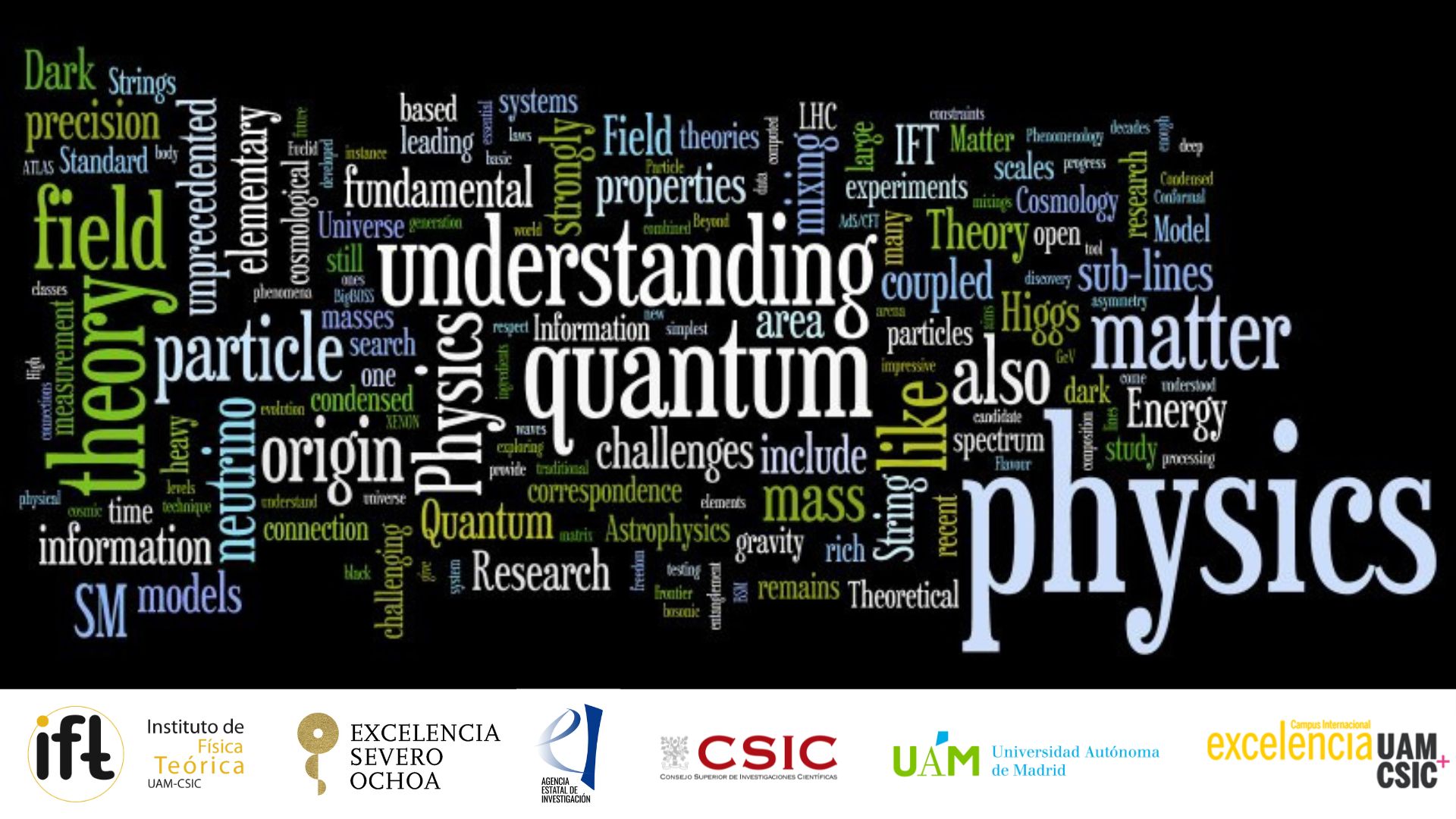Centro de Excelencia Severo Ochoa
Menu
Search

IFT Seminar Room/Red Room
Third meeting in a series where PhD students of physics talk about their research. We want to create a friendly atmosphere where the youngest researchers can practice giving a talk about their work. For this reason, seniors are supposed not(!) to attend.
Iván Jesús Martínez will talk about:
In the first part of the talk I am going to present a brief introduction to neutrino oscillation focusing on the present status of the oscillation parameters, I will also describe one of the most important atmospheric neutrino experiments, IceCube/DeepCore. In the second part I am going to present the results on the study of the modification of the detected flavor content of ultra high-energy astrophysical neutrinos in the presence of non-standard interactions of neutrinos with the Earth matter. We find that, within the current limits on non-standard neutrino interaction parameters, large deviations from the standard 3 ν oscillation predictions can be expected, in particular for fluxes dominated by one flavor at the source.
Javier Quilis will talk about:
In the first part of the talk I will present an introduction about Dark Matter. After a brief look at what we know about Dark Matter I will present the candidates for Dark Matter focusing on WIMPs. WIMPs are one of the most studied candidates and there are a lot of models that can explain the density of Dark Matter observed. Within the models that explain the relic density the simplest one is the singlet scalar Higgs portal, and I will show the actual status of the model.
In the second part I will explain the model I have been working on, which consist in adding to the scalar singlet Higgs portal a new scalar to try to obtain the relic density using coannihilation effects and avoiding experimental constraints.
Social media